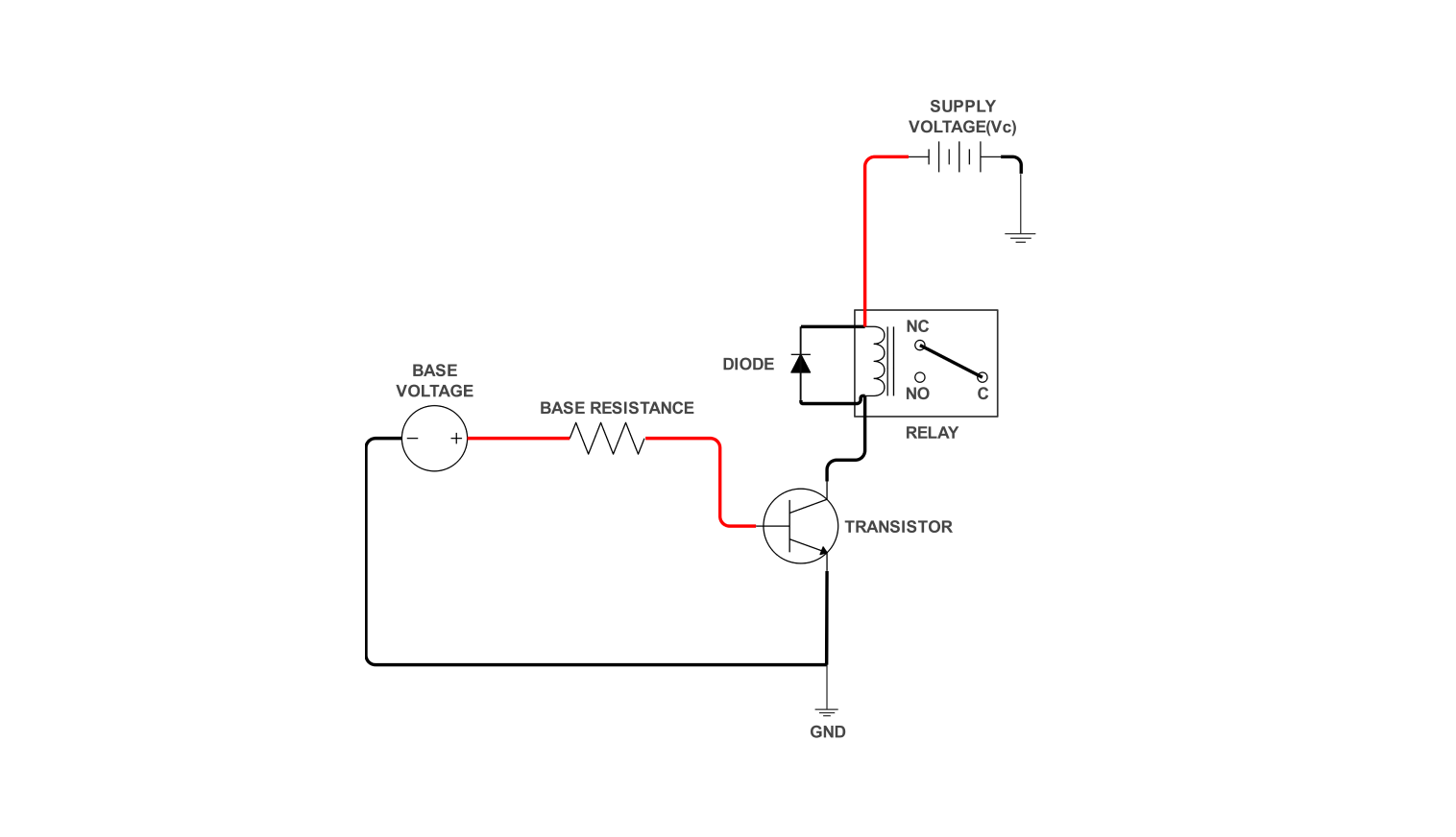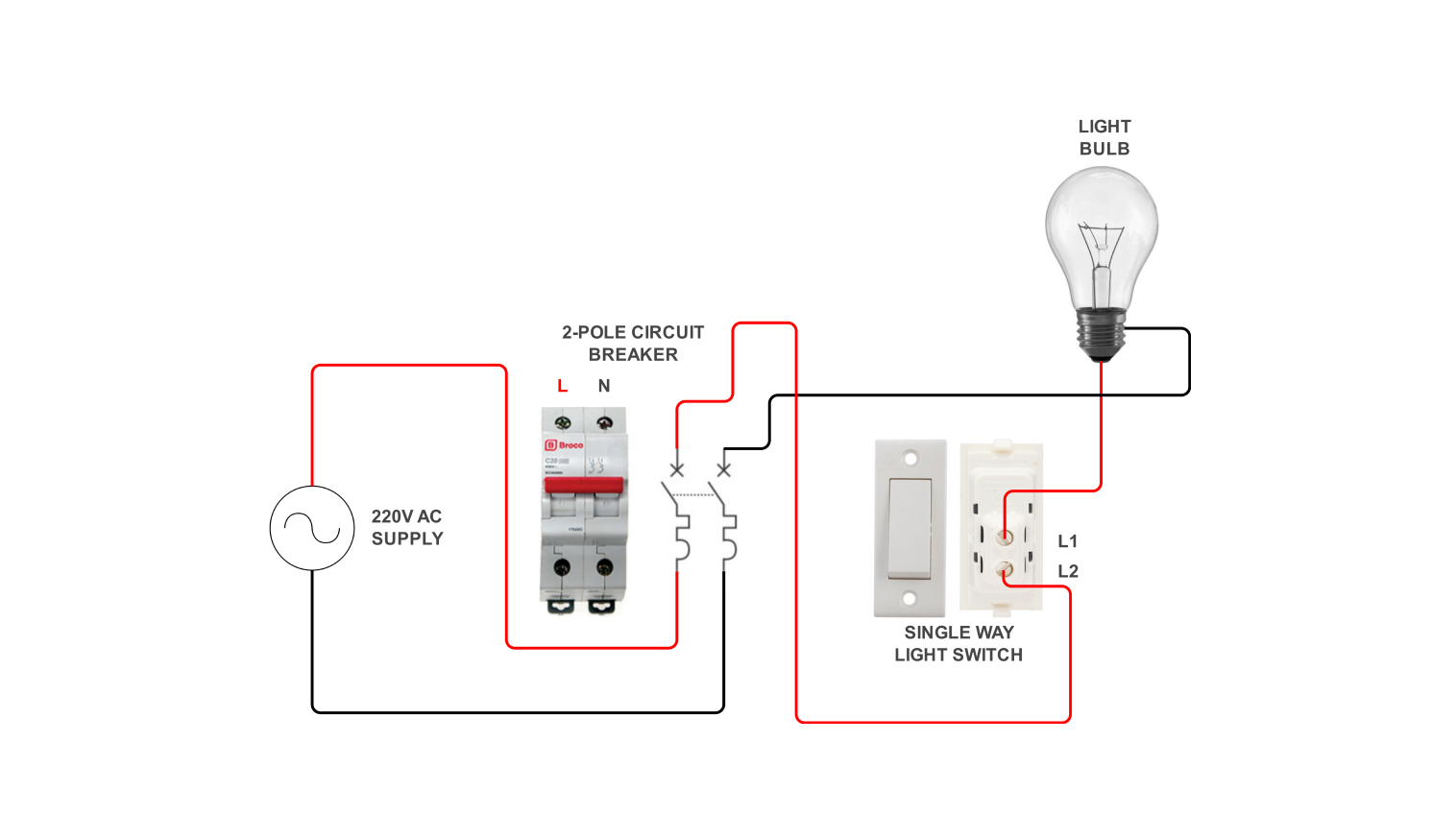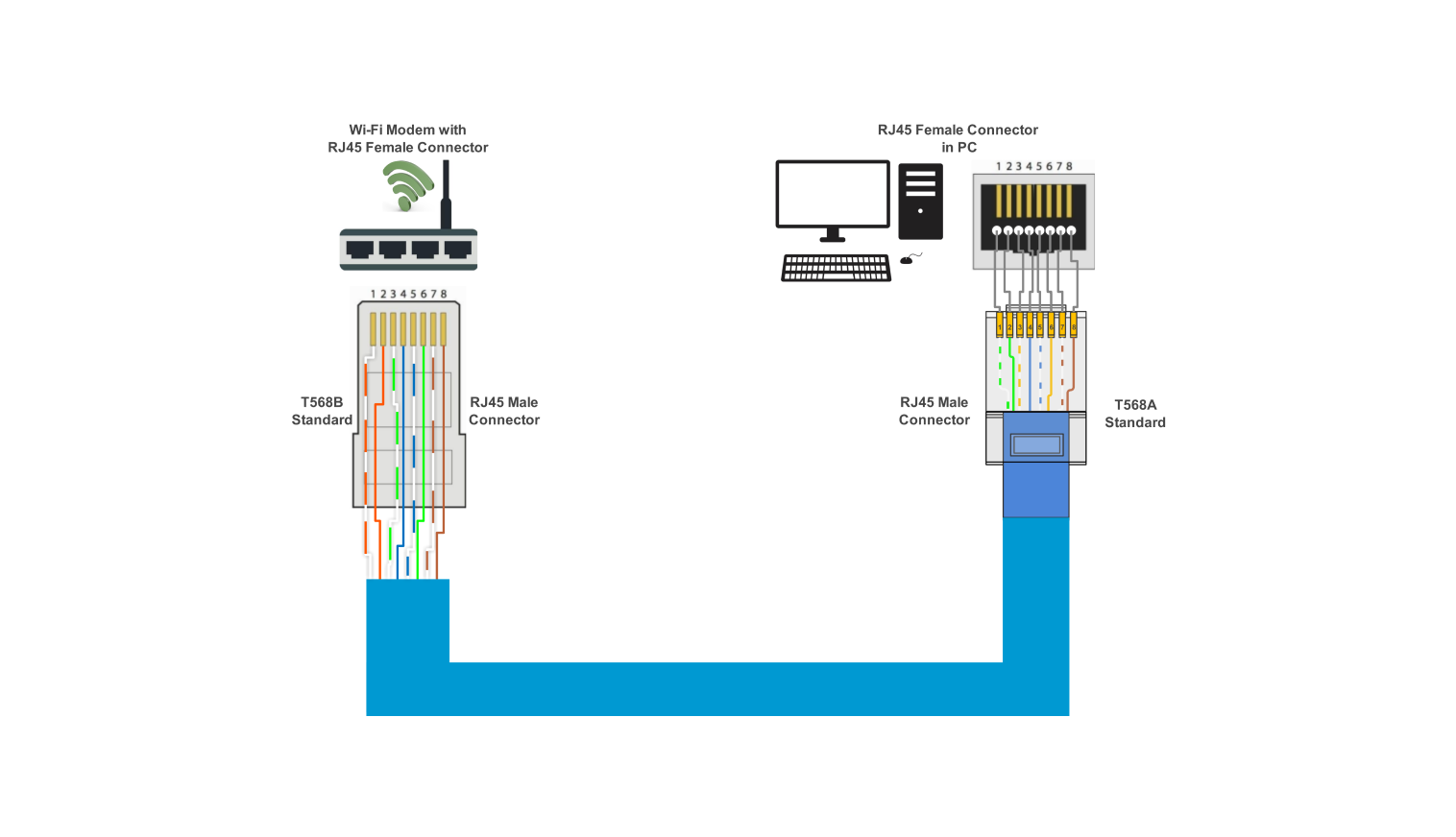- All templates
- Wiring diagram templates
- IC type alternator wiring diagram
About the IC type alternator wiring diagram
Interpreting IC-type alternator wiring diagrams is crucial when it comes to efficient power management in vehicles. These internally regulated alternators are self-regulating devices in that the internal voltage regulator alters the rotor's magnetic field.
The wiring diagram given above reveals the correct manner and technique of installing and managing the IC-type alternators and a few of the most significant aspects are as follows.
The B terminal acts as the output to the battery and electrical system; an S terminal is for sensing the battery voltage to regulate the alternator. The L terminal is connected to the dashboard warning light while the IG terminal is connected to the car's ignition switch.
The applicants also identified the dashboard warning light as showing the alternator’s condition, and the battery isolator differentiates between the main and the auxiliary batteries charging.
It also draws the connections for field windings, voltage regulator circuits, and other protection features like fuse and circuit breakers. Through this wiring diagram, the users can familiarize themselves with the right connections and maintenance of IC-type alternators to support vehicle performance.
How to access the IC type alternator wiring diagram?
To use the IC-type alternator wiring diagram template, click on the Edit free online to access the diagram.
Click on an item in the particular diagram you want to work with, then drag it and drop it to the new position or change the label or symbol to achieve the intended setup.
Ensure all the connections and terminals are drawn as one would expect them to be. If you wish to have more precise recommendations for the electrical installations, make sure to include features like the position of the fuses and the circuit breakers.
Once done with the customization, you can export the processed diagram to the preferred format like PDF, image, or anything you want via exporting options available on EdrawMax.
How to benefit from the IC type alternator wiring diagram?
It is essential to use IC-type alternator wiring diagrams to ensure the best electrical design solutions in any automotive and equipment applications. These diagrams are useful for the issue of connecting self-excitation alternators. They have internal voltage regulators that prevent unstable loads.
From these diagrams, engineers, and technicians can follow instructions. They show the location, type, and function of its B terminal. The B terminal is the main output. They also show the S terminal, which senses battery voltage. And the L terminal, which lights the dashboard. And the IG terminal, which connects to the ignition switch.
The diagrams show how to connect the field windings, the regulator, and protection devices. They cover the various wiring systems for those parts. The detailed approach is helpful not just for installation or program creation.
It's also useful during fixing. So, it makes the program better in the long run. Also, you can adjust these diagrams to show the specific details of a vehicle type or configuration. So, you can fine-tune them for a particular electrical system or integration plan.
IC-type alternator wiring diagrams help engineers. They aid in designing better circuits in motor vehicles and related equipment. The diagrams have fewer design faults and installation mistakes. This structured approach guarantees that alternators perform well. They do this by supplying constant electric energy. This improves the reliability of the equipment.
FAQs on IC type alternator wiring diagrams
-
How does an IC-type alternator work?
IC-type alternators use internal electronics to control the voltage. They also adjust the rotor's magnetic field. This ensures consistent electrical output at different engine speeds and loads.
-
2.What are the advantages of IC-type alternators over traditional alternators?
IC-type alternators are usually smaller, lighter, and more efficient. They are smaller than traditional alternators. They also give better control over electrical output. They can also improve fuel efficiency in vehicles.
-
How do I troubleshoot common issues with an IC-type alternator?
To troubleshoot, check connections. Look for loose wires or corroded terminals. Test voltage. Check the parts. These include the voltage regulator and dashboard warning light circuit.
Related templates
Get started with EdrawMax today
Create 210 types of diagrams online for free.
Draw a diagram free Draw a diagram free Draw a diagram free Draw a diagram free Draw a diagram free









